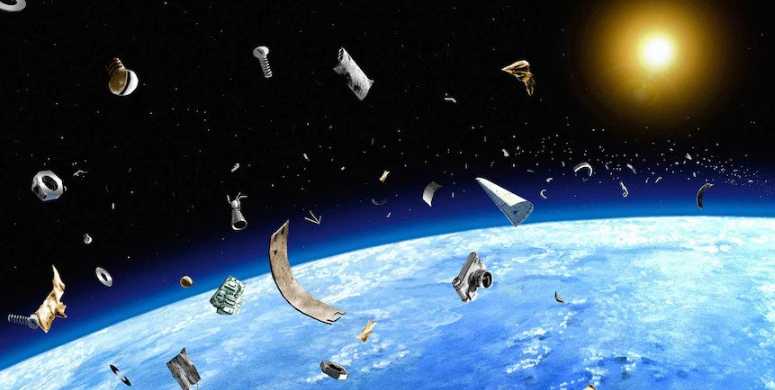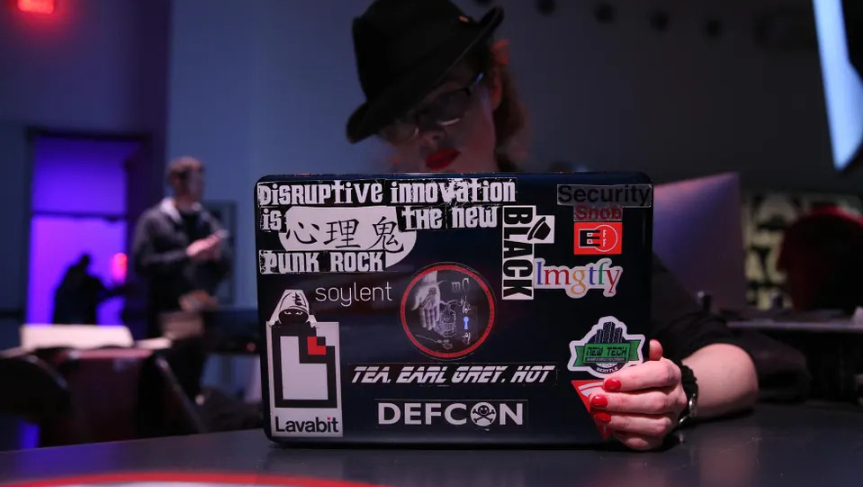Earth has a growing space junk problem

Image: Science Photo Library
A piece of space debris targeted for cleanup in 2026 was recently Hulk-smashed into pieces by another piece of space debris, per the European Space Agency.
And, in addition to being rather ironic, this example of debris-on-debris crime highlights a growing problem for satellites, spacecraft, and NASA astronauts – orbiting space junk left over from past launches and missions.
Simply put, things orbiting Earth move pretty fast – between 15,700 mph and 17,500 mph – and, as you can probably imagine, collisions at those speeds aren’t too pretty (a number of windows on space shuttles and the ISS have needed to be replaced due to damage caused by paint flecks😳). They’re also getting harder and harder to avoid.
- More than 27,000 pieces of space debris are currently being tracked by the US Department of Defense, a number that continues to grow alongside the space industry.
- And muchhhhh more exists that can’t be traced. In fact, untraceable millimeter-sized orbital debris represents the highest mission-ending risk to most robotic spacecraft operating in low Earth orbit, according to NASA.
👀 Looking ahead… Current ideas on how to clean up the space debris surrounding Earth include: what’s basically a spaceship with a giant claw that can grab space junk and fling it into Earth’s atmosphere to burn up (a method that was supposed to clean up the piece of just-destroyed space junk as a test), as well as a type of “braking sail” designed to guide decommissioned satellites into Earth’s atmosphere to burn up.
Share this!
Recent Science & Emerging Tech stories

Science & Emerging Tech
| August 22, 2023The global shipping industry is going back to the future

Science & Emerging Tech
| August 17, 2023For all the promise of AI, there are still a few kinks to work out
🤖💥 Take a look inside the recent White House-organized hacking contest to break AI

Science & Emerging Tech
| August 17, 2023That'll do, pig
🏥 US scientists announced breakthroughs in two separate attempts to create genetically modified pig kidneys that function normally when transplanted into human patients.
You've made it this far...
Let's make our relationship official, no 💍 or elaborate proposal required. Learn and stay entertained, for free.👇
All of our news is 100% free and you can unsubscribe anytime; the quiz takes ~10 seconds to complete